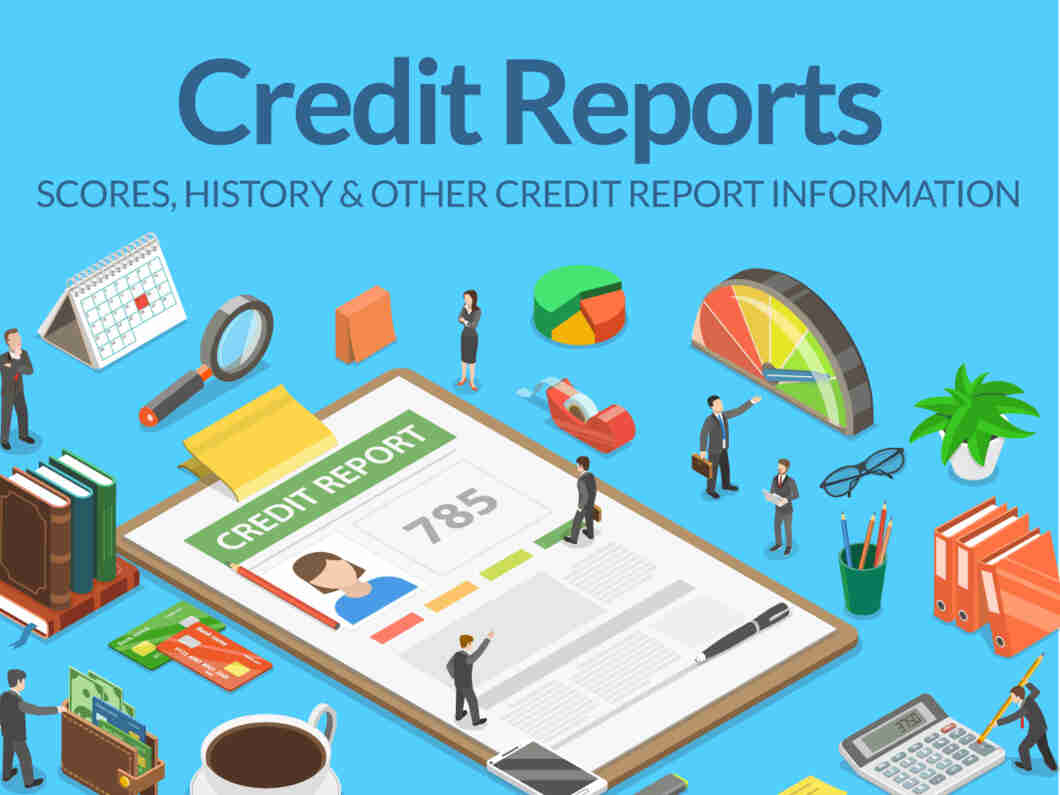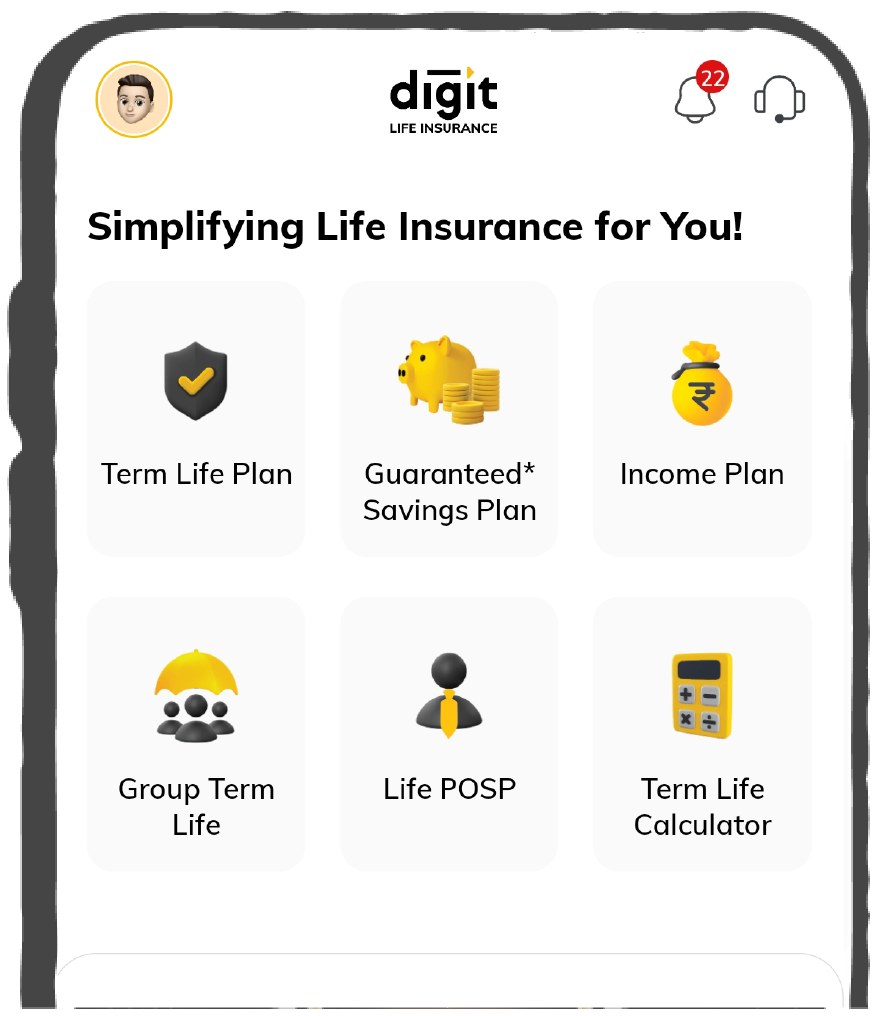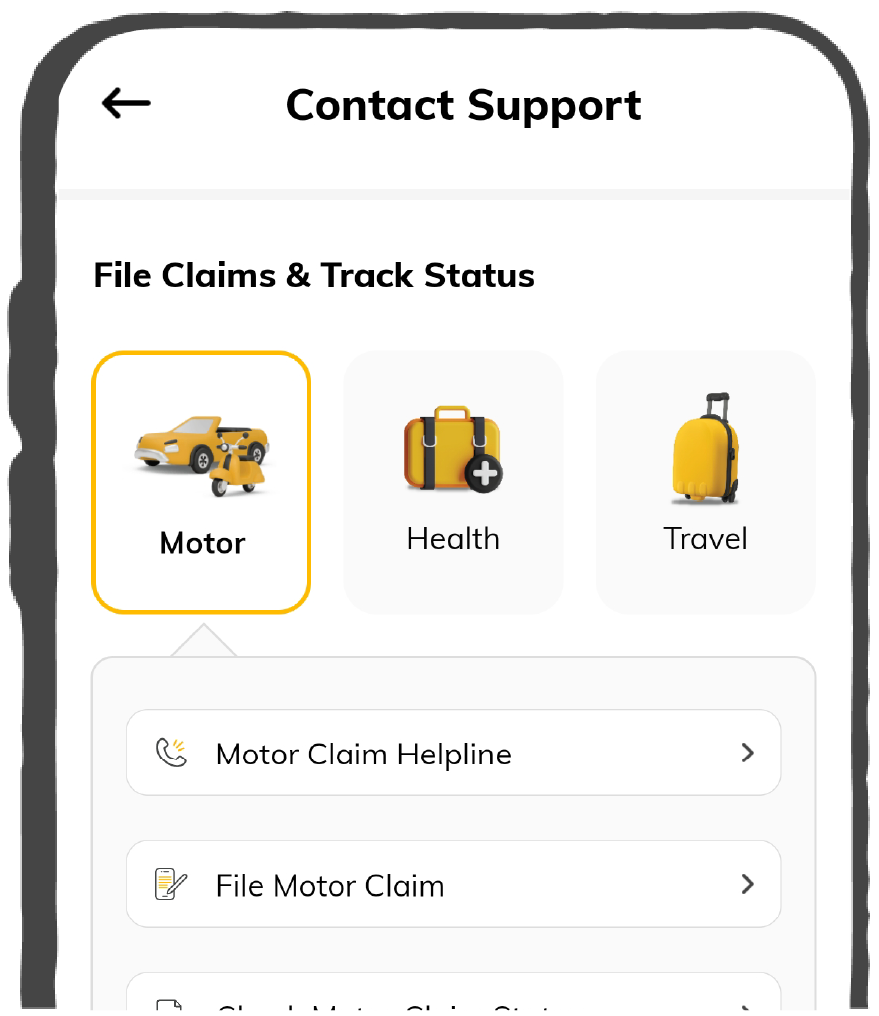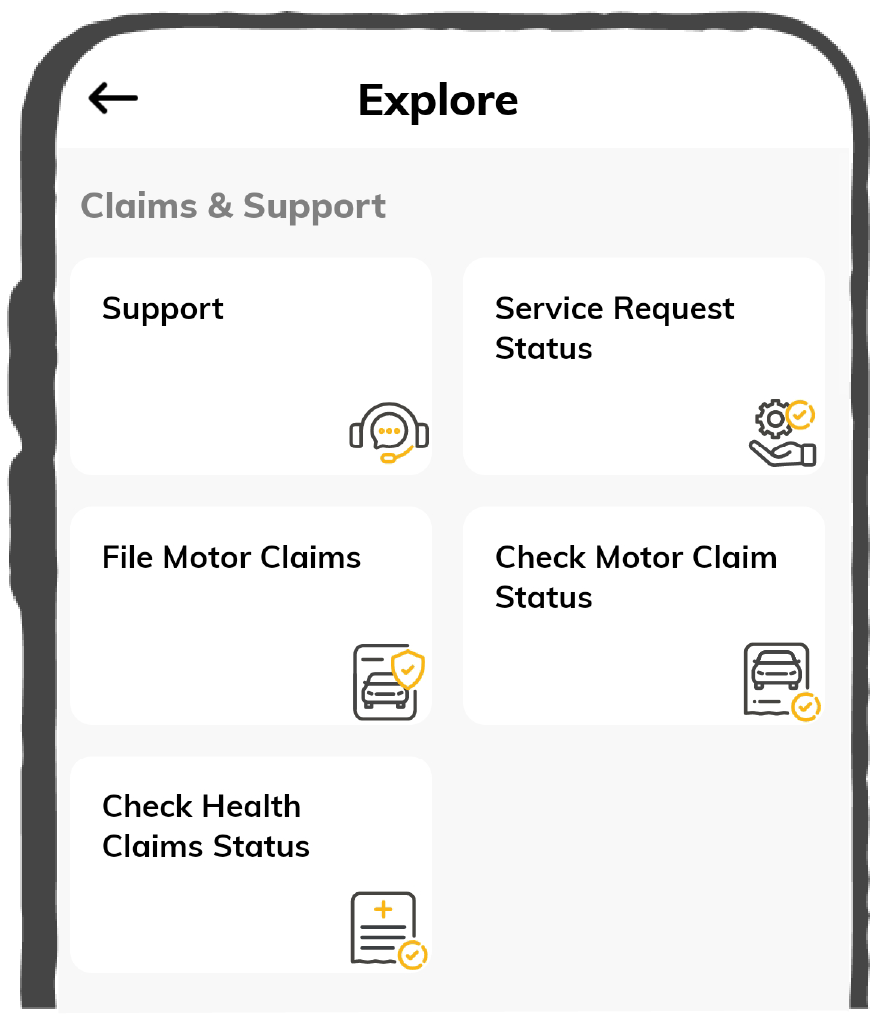
Credit Score for FREE
Get Discount on your Health Premium
Download the Digit App
Download the Digit App
What is a Credit Report?

A credit report (also known as a credit information report, credit file or credit history) is a detailed record of a person’s credit accounts, including credit cards and loans. It provides any potential lenders with information on your payment history, current and past credit mix, and how you have been managing your credit.
This report is then used to calculate the individual’s credit score. Together, the credit report and the credit score are used by lenders to determine whether they will approve your requests for loans and credit.
In India, there are four credit information bureaus that maintain these credit reports – TransUnion CIBIL, Experian, CRIF High Mark, and Equifax. These bureaus get information about your financial history from your banks, lenders, and other creditors.
Why is your Credit Report Important?
Since a credit report is essentially a summary of how a person has been handling their credit accounts, it is an important document. Credit reports are used by potential lenders and creditors to help decide if they will approve your applications for credit — and can also set whether or not you get favourable terms.
Your credit reports may also be viewed by others, such as for insurance purposes. Thus, it is important to check your credit reports regularly. This way, you can ensure that the information there is accurate and complete.
How to Get Your Credit Report?
While you can check your credit score at any time, the Reserve Bank of India has mandated that all the four licensed credit information companies provide you with one free credit report every 12 months. If you wish to check your credit reports more frequently, you can opt for additional paid reports.
Here is how you can check your credit report:
- Step 1: Go to one of the four credit bureau’s websites, such as CIBIL, Experian, CRIF Highmark, or Equifax.
- Step 2: Click on the “Free Credit Report” option.
- Step 3: Enter your details to log in, such as your name, mobile number, and email address.
- Step 4: You will be asked to verify your identity using your date of birth, residential address, and a government-approved ID card (PAN card, passport, driving license, voter ID, etc.)
- Step 5: Once this information is verified, you may be asked a few further questions about your credit history.
- Step 6: If you are getting a paid credit report, then pay the required fee through either NEFT or enclose a demand draft for the required amount.
- Step 7: Submit the form through the website itself, or through courier, post, or email.
- Step 8: Once authenticated, your complete credit report will be delivered to your registered email address, or physical address.
What Information is Included in your Credit Report?
A person’s credit report is made up using data shared to the credit bureaus by various banks and financial institutions about their credit related activity like repayment records, credit card usage, previous application for loans or credit cards, etc. This is then compiled into one comprehensive document.
In general, a credit report includes the following information.
Identification and Contact Information
This section contains:
- Personal information: Your name, date of birth, gender and KYC.
- Contact information: Your address (and past addresses) and contact numbers.
- Employment information: Your monthly or annual income, as provided by banks and financial institutions.
Credit Score
This is a three-digit number between 300-900 which is calculated on the basis of your credit history.
Credit Summary
Includes your important credit information, such as the amount of credit owed (i.e. the number and amounts of credit cards and loans taken), types of credit, and how the credit is managed.
Recent Activity
This includes information like whether you have recently applied for a new account or secured new credit. Additionally, it will also feature any accounts that have been closed and more.
Account Details
Details of your account numbers and types, current balance and an account-wise monthly record of your payments. It will also feature whether these payments were made on time, delayed, or missed.
Inquiries
This section has details on the number of credit inquiries that are made. Each time you apply for credit, like a loan or credit card, a “hard inquiry” is placed on your credit report. A higher number of inquiries suggests that you are unable to manage your credit efficiently.
What do Lenders Look at on your Credit Report?
As mentioned above, potential lenders look at your credit report to determine whether they will approve your requests for loans and credit. While there are no universal rules which every lender uses to judge potential borrowers, here are some of the factors they will consider:
- Credit score: The first impression any potential lender will have is your credit score, as it shows them the probability that you might default on the loan. This is why it is very important to have a good credit score (i.e. above 700).
- Repayment history: One of the main factors that lenders consider is your track record of making on-time payments. They also look out for overdue payments (both past and present) as well as any one-time settlements resorted to for loans.
- How much you owe: This includes the number, and types of loans and credit cards you have. Generally, having more loans will tend to reduce your repayment capacity for a new loan.
- Dependency on credit: Lenders also watch out for “credit-hungry behaviour”, or a high dependency on credit. This includes applying for many loans or credit cards in a short period of time, and high credit utilization.
- Personal details: Lenders might also consider your employment and residential history to ascertain your financial situation and its stability.
In general, if you display a long track record of responsible credit usage, you will be considered a low risk by lenders and are more likely to get approved for credit and get better deals.













